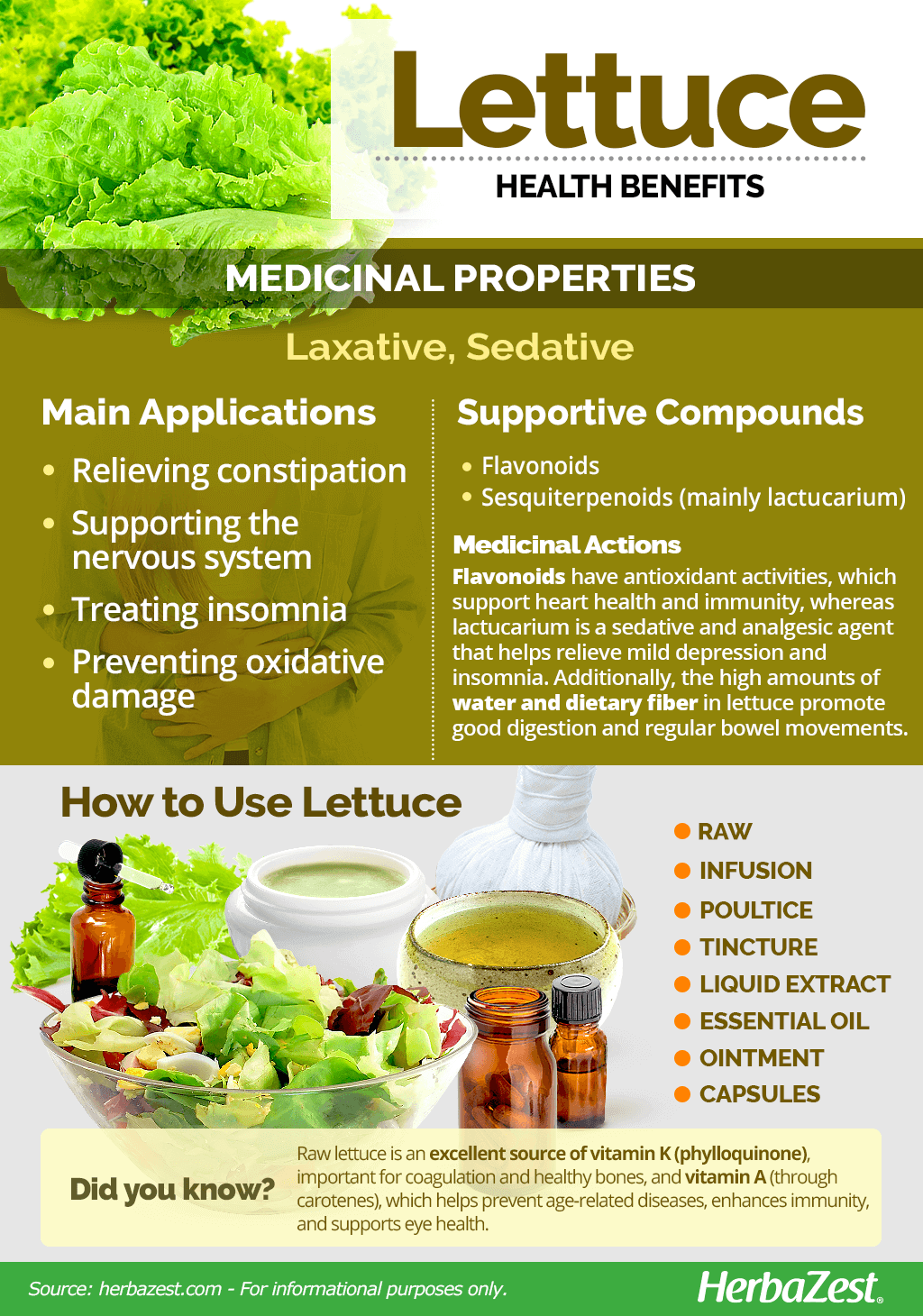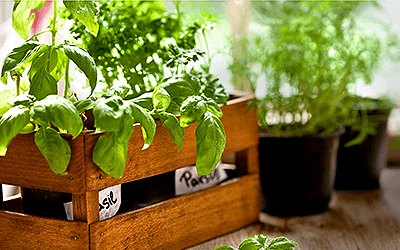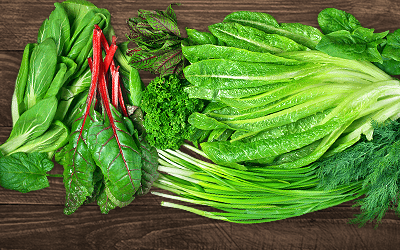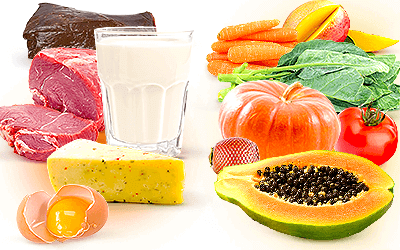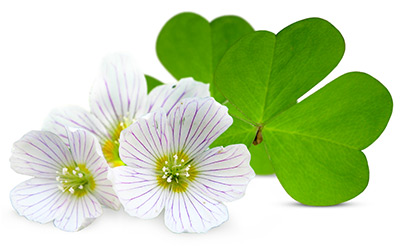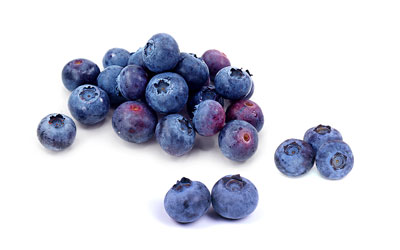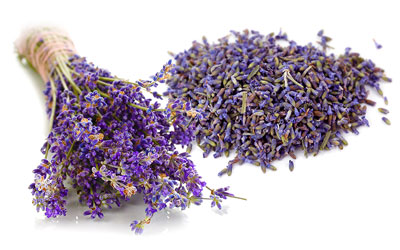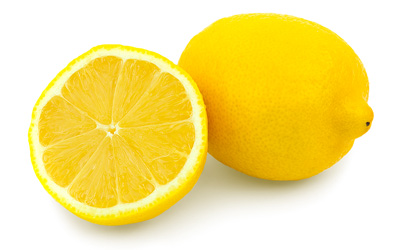The ancient Egyptians are said to be the first people who consumed lettuce as a food in the way it is today. They then introduced it to the Greeks and Romans, the latter of which gave it its Latin name, lactuca, meaning milk. This alludes to the milk-like sap that is found when the stem is cut. Since then, this leafy plant has played a significant role in healthy eating, as it is widely recognized for its nutritional value.
Lettuce Medicinal Properties
Health Benefits of Lettuce
It is known that lettuce possesses a wide variety of vitamins and minerals, the consumption of which is necessary to maintain a well-functioning body. It also has a low caloric content, which makes it a healthy food choice, especially for those who are overweight or diabetic. Some of the main benefits of lettuce are:
Relieving constipation. Lettuce contains a considerable amount of fiber, which makes it a mild laxative. Its high water content (around 95%) also aids the digestion of food as it helps it to move through the intestines.
Supporting the nervous system. B vitamins are among the main nutrients found in lettuce, particularly B1 (thiamine), B2 (riboflavin), and B6 (pyridoxine), all of them required for the well-functioning of the nervous system.
Treating insomnia. The liquid inside the stem of lettuce is called lactucarium. This substance contains a mild sedative that can help to induce sleep.
Preventing oxidative damage. Studies have shown that both red and green lettuce contain antioxidants, which the body uses to combat the effects of a poor diet, smoking, and exposure to pollution.
In some folk medicine traditions, lettuce is also used as a treatment for asthma, as well as for relieving cough and bronchitis. A concentrated liquor is made by boiling the seeds, and then a dose of around 10 mL is taken. Although there is no scientific evidence to show that this is an effective cure, the sedating properties of the herb may soothe the throat, leading to calmness and therefore stabilizing breathing.
How It Works
The phenolic compounds of lettuce are full of antioxidants, which are potent free radical scavengers and not only help regulate cholesterol levels, but can also prevent the development of degenerative diseases.
THE HIGHEST CONCENTRATION OF PHENOLIC COMPOUNDS IN LETTUCE CAN BE FOUND IN ITS OUTER LEAVES.
Among the main phenols in lettuce are caffeic acid derivatives, which inhibit or retard oxidative reactions and can make up 90% of the herb, depending on the variety.
Flavonoid compounds, such as derivatives of quercetin and luteolin, are also an important part of the composition of lettuce. These phytonutrients also have antioxidant activities, helping treat and prevent coronary heart disease, as well as immune disorders.
Sesquiterpenoids are important constituents of essential oils in plants. The substance contained in the stem and leaves of lettuce, lactucarium, belongs to this group of phytochemicals and it is a sedative and analgesic agent. The mildly-relaxing properties of lactucarium are highly valued, as they contribute to reducing depression and treating insomnia.
Sedative properties can be found in lemon balm and passion flower, whereas senna and tamarind provide strong laxative effects.
Lettuce Side Effects
Lettuce is generally safe for external and internal use, but overconsumption will cause an advanced laxative effect and could lead to dehydration. Care should be taken to enjoy lettuce as part of a balanced diet. While regular consumption of lettuce as food is deemed safe, before taking concentrated supplements, women who are pregnant or breastfeeding should seek advice from a health professional.
Lettuce Cautions
The main health risk associated with lettuce is the possibility of contamination when it is produced. The use of pesticides on vegetation is inevitable, some of which can be harmful to the human body. To avoid any issues, leaves should be thoroughly washed and sanitized before ingested.
- Medicinal action Laxative, Sedative
- Key constituents Flavonoids, Sesquiterpenoids (lactucarium)
- Ways to use Liquid extracts, Food, Tincture, Poultice, Ointment, Dried
- Medicinal rating (2) Minorly useful plant
- Safety ranking Safe
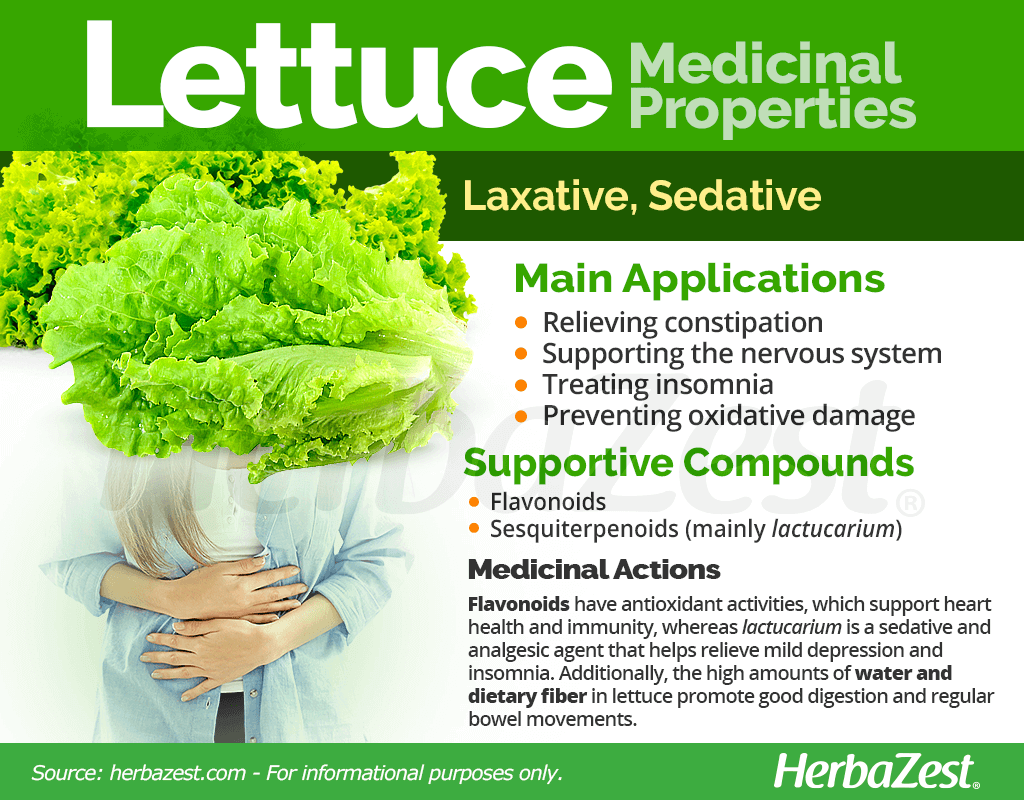
Lettuce Nutrition
Lettuce offers a wide range of nutritional benefits, starting with excellent amounts of vitamin K (phylloquinone), best known for its important role in helping blood coagulation, but also linked with an increased bone mineral density, which reduces the incidence of fractures. Lettuce also contains generous amounts of vitamin A (through carotenoids), which possess antioxidant properties that help prevent age-related diseases by enhancing immunity and promoting eye health.
In addition, lettuce leaves are a good source of minerals, mainly manganese, which aids calcium absorption and blood sugar regulation, along with vitamins C (ascorbic acid) and B9 (folate), whose combined action supports immunity, cognitive functions, and cellular regeneration.
100 grams of lettuce (about three cups of shredded leaves) provide 15 calories and 5% of the daily value for dietary fiber.
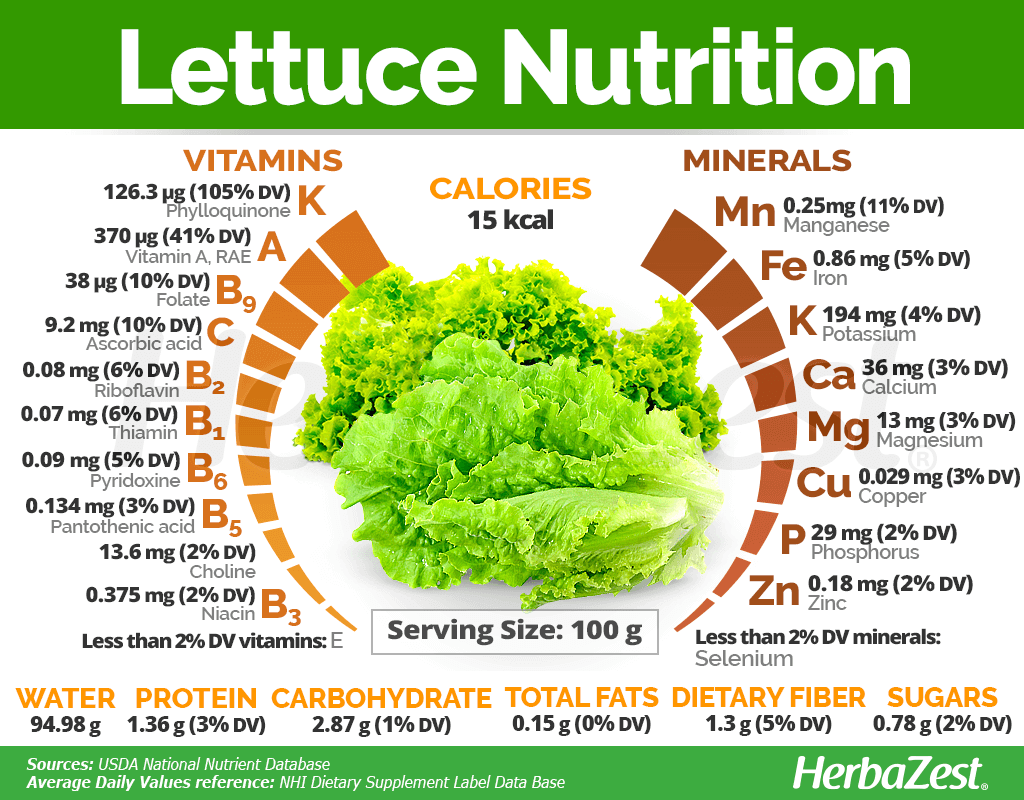
How to Consume Lettuce
The easiest and most common way to reap the benefits of this herb is consuming it fresh, as part of a salad, or as an accompaniment to almost any meal. However, for medicinal purposes, there are many other lettuce preparations that can be bought or made at home.
Remedies are mostly produced from the leaves, seeds, and stalks of wild lettuce.
Natural Forms
Raw. Consuming lettuce in its freshest state has optimum health benefits, as it is easy to digest, allowing for better absorption of its minerals and vitamins.
Infusion. Lettuce leaf tea is relatively easy to prepare at home by stepping fresh or dried leaves in hot water for few minutes. It is a popular drink for before bed to help promote sleep.
Poultice. The crushed leaves of lettuce can be applied topically in order to soothe painful ulcers and local inflammation.
Herbal Remedies & Supplements
Tincture. High in lactucarium, the sedative compound of lettuce, this alcohol based preparation is considered to be effective for calming the mind and inducing sleep.
Liquid extract. This is a distillate, non-alcoholic remedy, that can be taken as a mild sedative. Historically, lettuce was medicinally consumed in this form to treat heart palpitations and general nervousness.
Essential oil. Extracted from the seeds of the plant, lettuce essential oil is safe to ingest as a natural relaxant, but it is also used for improving hair, nails, and skin.
Ointment. This oil-based preparation is meant to be applied externally, using a cotton pad or fingertips, for an anti-inflammatory effect, but it is also thought to have a calming effect and can aid sleep.
Capsules. Supplemental forms of lettuce can be consumed in order to obtain the medicinal benefits of the plant; however, for nutritional purposes, it is better to consume the plant in its fresh, raw state, as a part of a balanced diet.
- Edible parts Leaves, Stem
- Taste Sweet, Mild
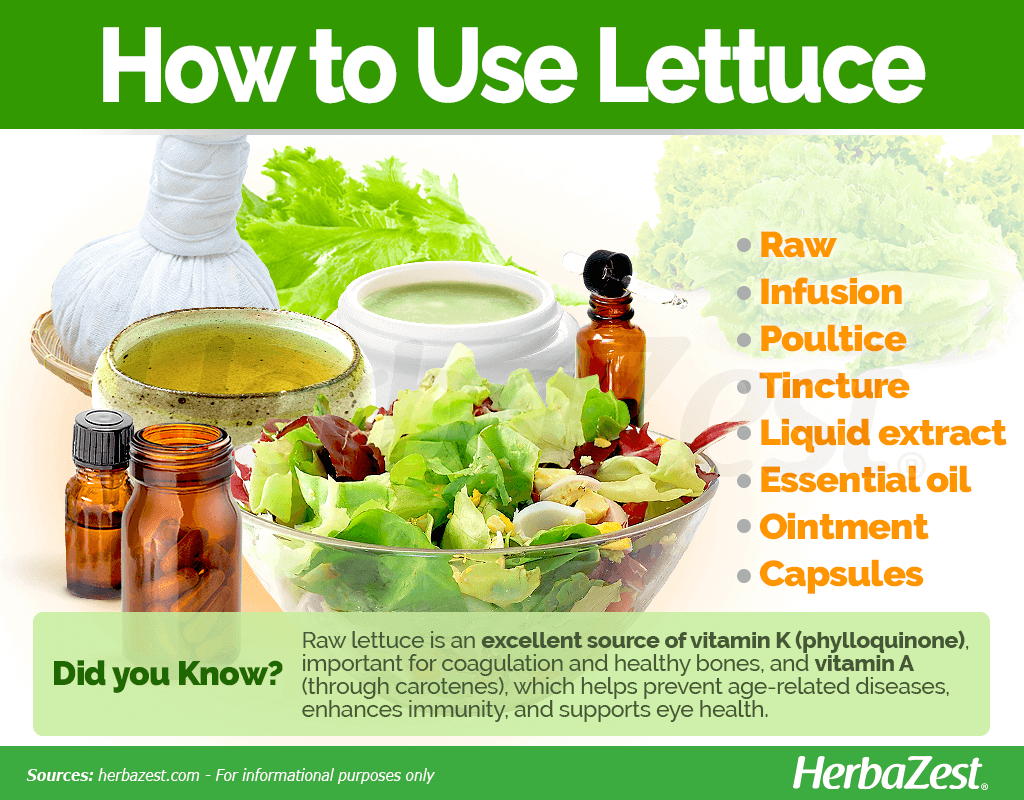
Growing
Lettuce is generally simple to grow, which makes it very popular with novice gardeners. It will grow in many different soils and hardiness zones and requires minimal care. Below are a few helpful hints to assist in cultivating this plant.
Growing Guidelines
Although lettuce will grow in many climes, it thrives best in cooler weather. It should be kept slightly shaded in warm weather, but in full sun during the cooler months. An average temperature of between 55 - 60°F (12 - 15°C) is ideal.
The herb will thrive best in well-drained, fertile soil. It can survive most types but will grow best in moist and loose earth.
A pH between 6.2 and 6.8 is desired. It is relatively sensitive to low pH, but up to 7.6 will be fine.
The ideal USDA Hardiness Zones are 4 - 9.
Seeds should be sown close to the surface, as they need sunlight to germinate.
Seeds should be planted 0.25 - 0.5 inches (0.6 - 1.2 cm) deep, around 12 - 18 inches (30 - 45 cm) apart.
More detailed information about growing lettuce can be found in the herb garden section.
- Life cycle Annual
- Harvested parts Leaves, Shoot
- Light requirements Partial shade
- Soil Medium (loam), Well-drained
- Soil pH 6.1 – 6.5 (Slightly acidic)
- Growing habitat Cool temperate regions
- Pre-germination seed treatment None
- Planting time Early spring
- Plant spacing average 0.3 m (0.98 ft)
- Growing time 60 days
- Potential insect pests Aphids, Crickets, Slugs, Armyworms, Grasshoppers, Snails
- Potential diseases Downy mildew
- Potential animal pests Birds, Rabbits
Additional Information
Plant Biology
Lettuce, scientifically known as Lactuca sativa, is a leafy herbaceous plant that has many different varieties. These range in size, but averagely will grow to 12 - 40 inches (30 - 100 cm) tall. It is a low-growing plant that has a short stem, from which sprouts a dense collection of large leaves that become increasingly smaller from the outside in. The leaves are usually green but some varieties are red, and they can be smooth or curly.
Classification
Lettuce belongs to the Asteraceae family, which contains 483 genera and 4,890 accepted species. An alternative name for this family is Compositae, so called because the plants within this group are a composite of single flowers. Some well-known Asteraceae members are dandelion (Taraxacum officinale), marigold (Tagetes erecta), artichoke (Cynara cardunculus), and safflower (Carthamus tinctorius).
The official name Asteraceae is derived from the Greek word aster, which means 'star', in reference to the star-shaped heads of the flowers in this family.
Varieties and Subspecies of Lettuce
The genus Lactuca consists of 13 accepted species, the most common including L. floridana, L. graminifolia, L. ludoviciana, and L. virosa. L. sativa - garden lettuce - is by far the most valued, for its sweet taste and health benefits. Sativa is the Latin word for 'sown,' which separates this type of lettuce from the wild ones.
There are many varieties of garden lettuce that can be cultivated, some of the most popular ones being:
'Butterhead' This lettuce is sweet-tasting, and the leaves grow in a loose formation rather than tightly.
'Looseleaf'. It grows quickly and easily, and has a somewhat longer stalk than other varieties.
'Cos (Romaine)'. This type can withstand heat better than some others. It is also more robust, and the leaves grow taller rather than spreading.
'Iceberg'. This is possibly the most common kind of lettuce. It is circular in shape and is made up of layers of large, tightly-packed leaves. It has a mild flavor and is used as the base ingredient in many salads.
Historical Information
Although it was the Egyptians who originally introduced lettuce as a foodstuff, they also had other uses for the plant. The seeds were ground to produce oil, which was one of the components used in mummification. They also believed that the consumption of lettuce would assist in male fertility. In other ancient cultures, lettuce was used as a sedating narcotic - smoked in a way similar to opium.
Economic Data
The largest exporter of lettuce is China, who in 2007 grossed over $4 billion USD. In the same year, Spain, the largest producer in Europe, grossed $370 million USD. Over 4,338,000 metric tons of lettuce were produced in 2006.61% of this was iceberg lettuce, 18% was Romaine, and 21% was 'Looseleaf', which was the highest in monetary value, perhaps because it consists of both green and red leaves, which are thought to possess a greater amount of vitamins and minerals.
Popular Beliefs
Lettuce is thought to bring good luck in Chinese culture, and so it is served on special occasions, including Chinese New Year and birthdays. In Judaism, lettuce symbolizes the enslavement of people in Egypt in the Tanakh. This is because the stem of the plant is often bitter, mirroring the resentment instilled in slaves after cruel forced labor.
Other Uses
Personal care. Lettuce is used in some cosmetic products, such as facemasks and creams, as the nutrients within the herb are beneficial to the skin.
Because lettuce is easy to cultivate, as well as being straightforward to consume fresh or as a supplement, it remains a very popular herb. Its versatility means that most people are likely to find a way to benefit from its nutritious properties in a form that suits them.
- Other uses Cosmetics
Sources
- Biotechnology of Bioactive Compounds: Sources and Applications
- Cornell University, Growing Guide, Lettuce
- Exploring Religion and Ethics: Religion and Ethics for Senior Secondary Students, pp. 255
- Food Chemistry, In vitro evaluation of red and green lettuce (Lactuca sativa) for functional food properties, 2010
- Gardeners' Guide Book Growing and Harvesting Lettuce
- Heritage Garden, Lettuce (Lactuca sativa)
- International Journal of General Medicine, Pilot study of the efficacy and safety of lettuce seed oil in patients with sleep disorders, 2011
- International Journal of Molecular Sciences, Sesquiterpenoids Lactones: Benefits to Plants and People, 2013
- Kwart Hist Nauki Tech, Lettuce, lactuca sp., as a medicinal plant in polish publications of the 19th century, 2005
- National Library of Medicine, Pubchem, Caffeic Acid | MedlinePlus, B Vitamins
- Plant Foods for Human Nutrition, Flavonoids in Food and Their Health Benefits, 2004
- PubChem, Open Chemistry Database, Caffeic Acid
- Texas A&M Agrilife Extension, Lettuce
- United States Department of Agriculture, Classification
- University of Illinois, Extension, Watch Your Garden Grow, Lettuce
- Vegetables for Health and Healing, pp.120
- Journal of Agricultural and Food Chemistry, Phenolic composition and related antioxidant properties in differently colored lettuces: a study by electron paramagnetic resonance (EPR) kinetics, 2014
- Evidence-based Complementary and Alternative Medicine, Pharmacological Effects of Lactuca serriola L. in Experimental Model of Gastrointestinal, Respiratory, and Vascular Ailments, 2013
